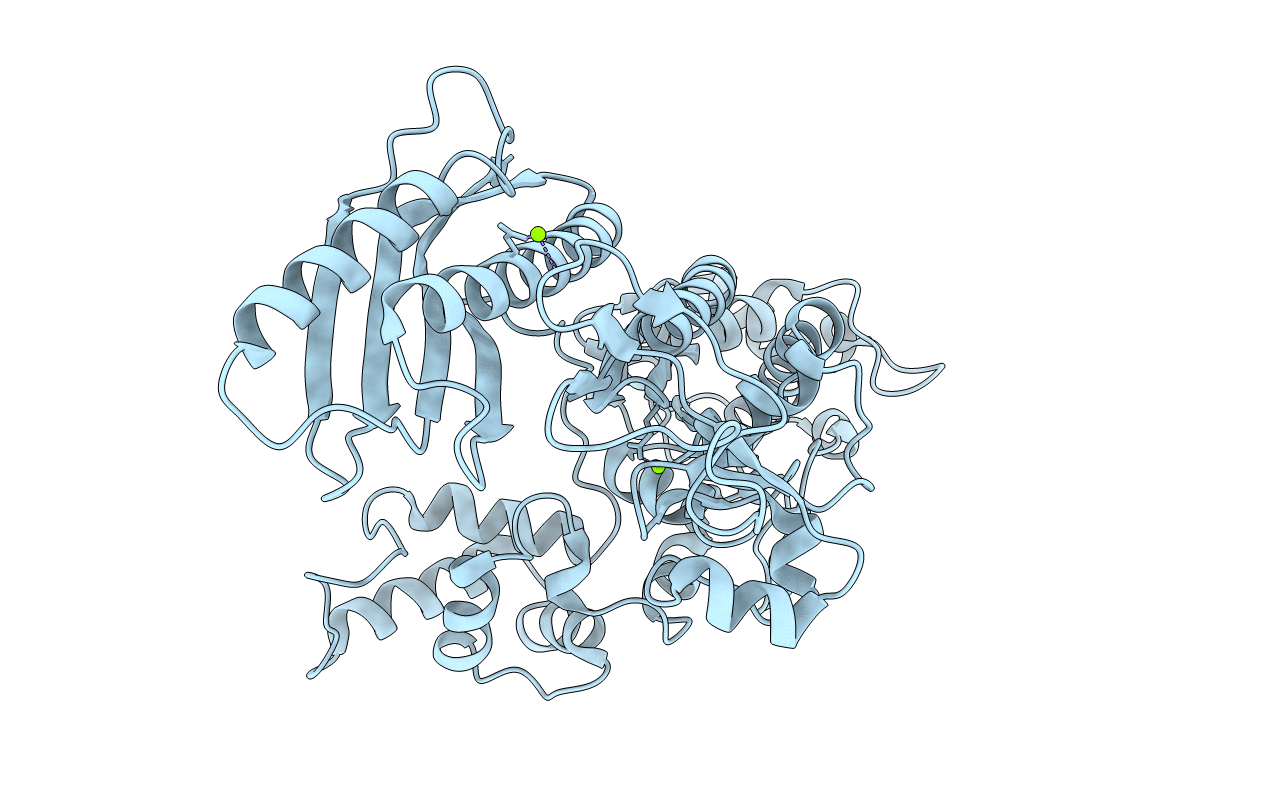
Deposition Date
2017-05-17
Release Date
2018-01-24
Last Version Date
2023-10-04
Entry Detail
PDB ID:
5VTP
Keywords:
Title:
X-ray diffraction data of DNA Polymerase Eta (RAD30) of Saccharomyces cerevisiae with a single magnesium bound in absence of DNA and incoming dNTP
Biological Source:
Source Organism:
Host Organism:
Method Details:
Experimental Method:
Resolution:
2.80 Å
R-Value Free:
0.24
R-Value Work:
0.22
R-Value Observed:
0.22
Space Group:
P 31 2 1


